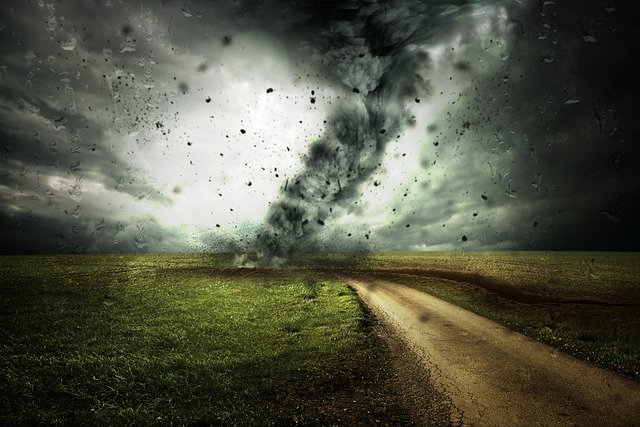Introduction: Forests in a Changing Climate
Forests are among the most vital ecosystems on our planet, not only because they provide habitat for countless species, but also because they play a crucial role in regulating the Earth’s climate. As the global community grapples with the growing threat of climate change, a special focus has emerged on “climate forests” — forests that help absorb carbon dioxide, mitigate extreme weather, and build resilience to environmental changes. These natural allies are becoming increasingly important in the effort to curb global warming and promote environmental sustainability.

What Are Climate Forests?
Climate forests are forests that actively contribute to climate change mitigation and adaptation. This includes existing natural forests, reforested areas, and newly planted forests (afforestation) that help remove carbon dioxide (CO₂) from the atmosphere through photosynthesis. These forests store carbon in their biomass — trunks, branches, roots — and in the soil. The more carbon a forest can store, the greater its value in the fight against global warming. Forests like the Amazon rainforest, Congo Basin, boreal forests, and mangrove swamps are all prime examples of climate forests due to their high carbon storage capacity and ecological significance.
Carbon Sequestration: Nature’s CO₂ Filter
One of the primary roles of climate forests is carbon sequestration — the process of capturing and storing atmospheric CO₂. As trees grow, they absorb CO₂ from the atmosphere and convert it into oxygen and biomass. A single mature tree can absorb approximately 22 kilograms of CO₂ per year. When multiplied across millions of trees in a forest, the impact becomes massive. This process helps balance out the emissions produced by human activities such as fossil fuel combustion, industrial production, and deforestation.

However, not all forests sequester carbon at the same rate. Tropical rainforests, for example, are incredibly efficient at absorbing carbon due to their fast-growing vegetation and dense canopy. Meanwhile, boreal forests, despite their slower growth, store large amounts of carbon in the cold, carbon-rich soils beneath the trees. Therefore, protecting a diversity of forest types is crucial to maximizing global carbon sequestration.
